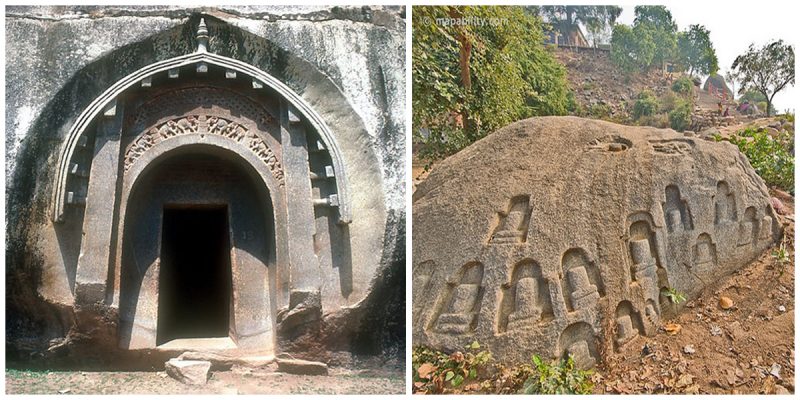India is best known in the world for the exquisite cave temples and there are more than 1000 locations with such temples. One of those is The Barabar Caves, located 35Km north of Gaya, in the state of Bihar. They are considered to be the oldest surviving rock-cut caves in India dating from the Maurya Empire (322-185 BCE) during the reign of the great Mauryan king Ashoka, located in Makhdumpur Block of Jehanabad district in Bihar and for this reason it can be concluded that Barabar Caves represent the beginnings of the tradition of rock-cut architecture in India.
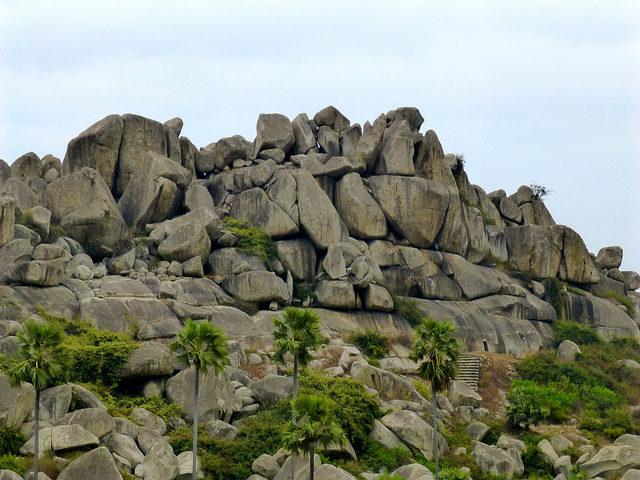
There are four caves in Barabar – Karan Chaupar – on the northern side of the hill. Inside, there is just one rectangular room with polished surfaces, and the inscriptions inside are dating to from 245 BC. Sudama – another oldest cave in complex, the arches of Sudama cave are of bow shape and it has the most amazing polishment that feels as if the cave has been layered with a sheet of glass. Visva Zopri – consists of two rectangular rooms with cubical form and are connected through a doorway, the walls of this cave are not polished.
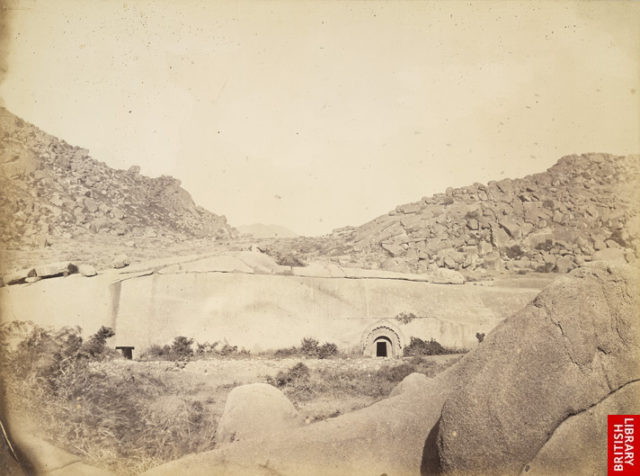
The most popular of them is The Lomas Rishi cave, also called The Grotto of Lomas Rishi. These rock-cut caves were carved out as a sanctuary and they were made in imitation of the wooden architecture of the time. In some respect, the mouth of Lomas Rishi resembles also the Doors of Durin leading to the Mines of Moria in the fiction of J.R.R.Tolkien.
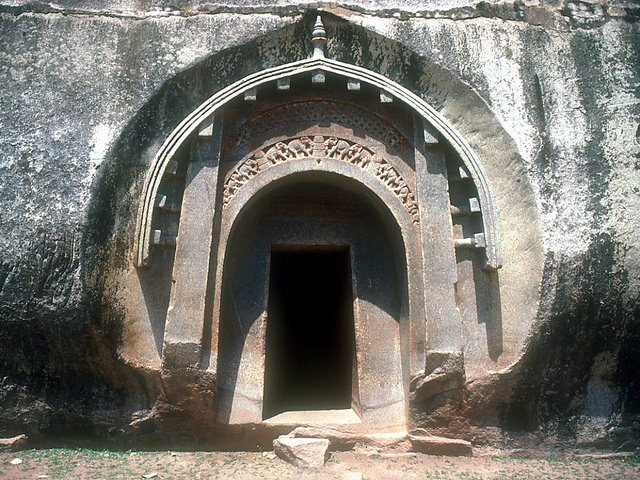
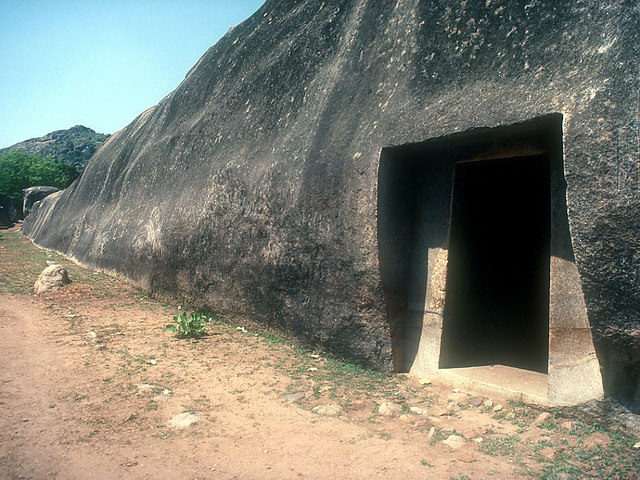
The caves were donated by Ashoka to the ascetics from the Ajivika sect 2250 years ago. Ajivika was a sect related to Jainism, deeply ascetic movement originated a few centuries earlier together with Buddhism but they were presented as strict fatalists.
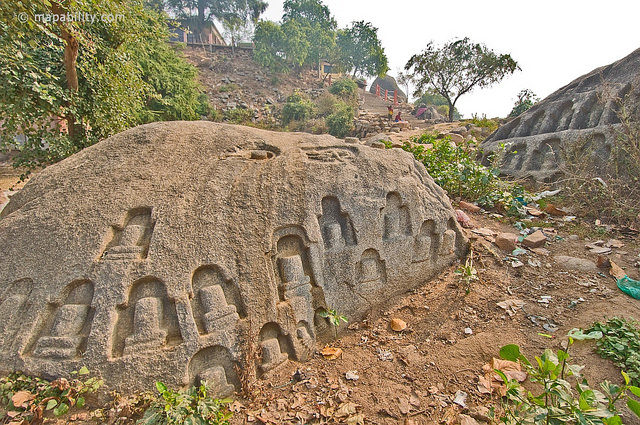
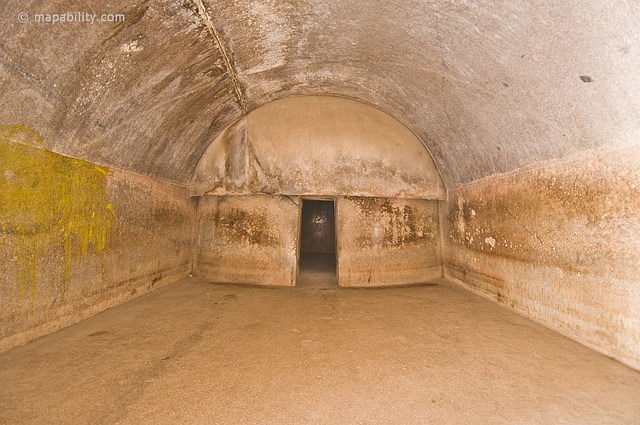
They were visited by author E.M. Forster on one of his two visits to India and he used them as a central location in his book ‘A Passage to India’, renaming them ‘The Marabar Caves’ for the story. The reason for this was their curious echo, vault and the polished walls in the caves, the small rooms also are perfect conditions for making otherworldly sounds.
